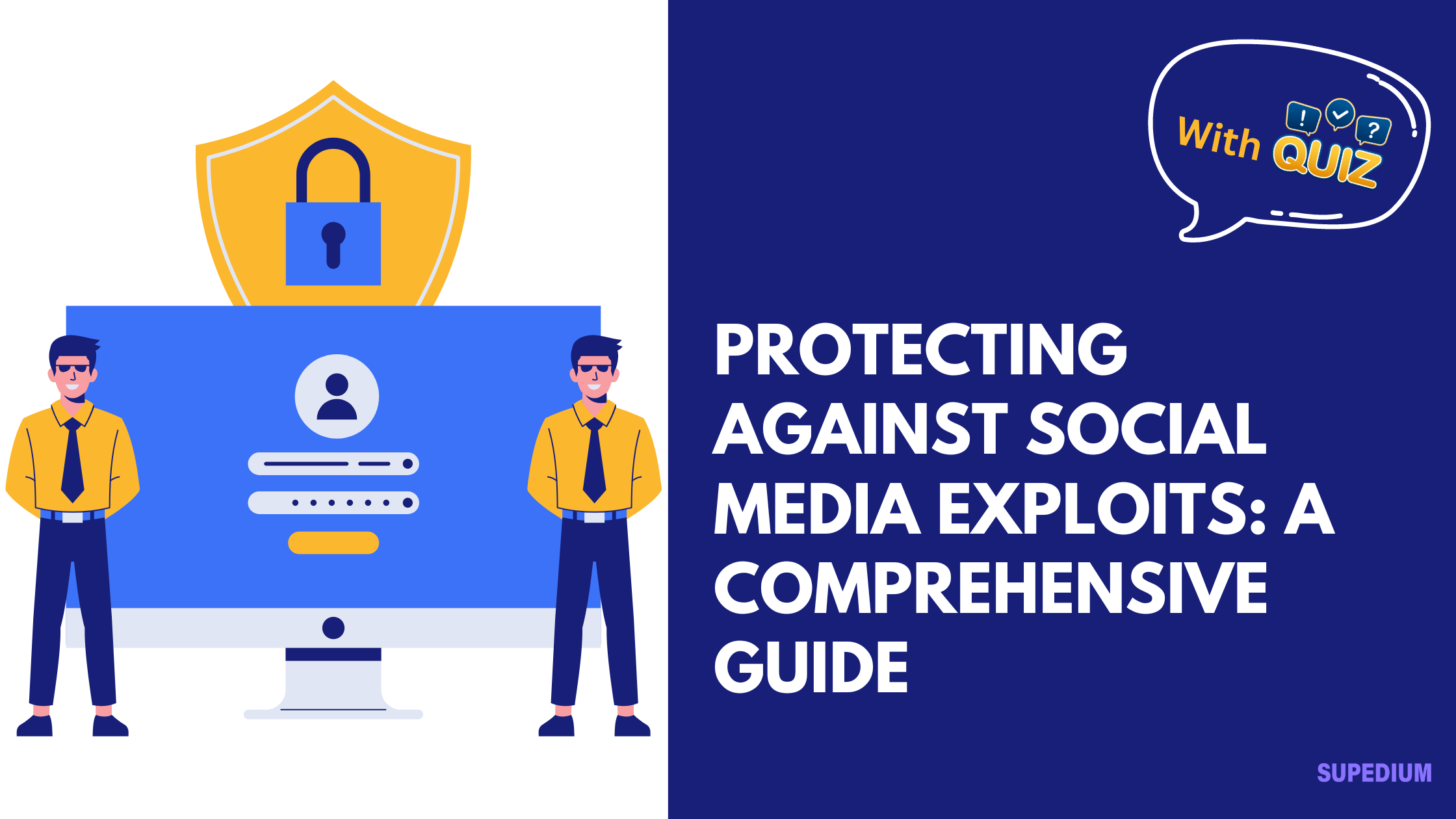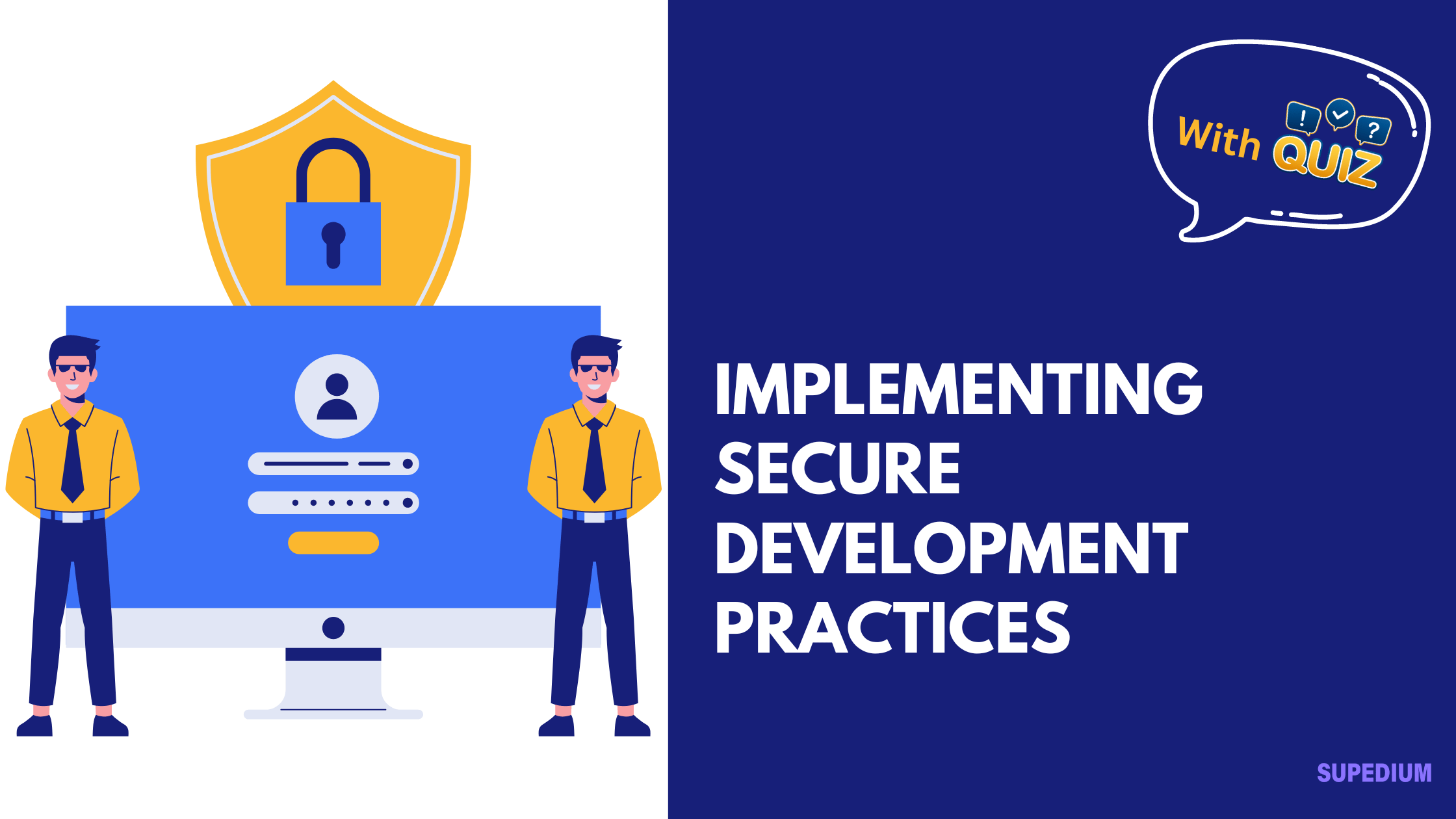Table of Contents
![]()
Body language Denotes the nonverbal signs That we use to convey. According to experts, these signals constitute a portion of the communication. From our facial expressions to our body movements, the things we do not say can still communicate volumes of information.
It’s been suggested that the body language may account for between 60 per cent. Body language is crucial, but additionally, it is critical to pay attention. Oftentimes, you should take a look at signs as a group as opposed to focusing on a single action.
Here is what to search for when you are trying to translate body language.
Facial Expressions

Think for a minute. A smile can indicate acceptance or happiness. A frown can indicate unhappiness or disapproval. Sometimes, our expressions may reveal our feelings. While you say that you’re feeling fine, people may be told by the look on your face differently.
Only a few examples of emotions that can be expressed through facial expressions include:
- Happiness
- Sadness
- Anger
- Surprise
- Disgust
- Fear
- Confusion
- Excitement
- Desire
- Contempt
The expression on a person’s face may help if we hope, determine Or believe what the person is currently saying. 1 study found that the expression that was most trusted involved an increase of the eyebrows and a smile. This expression conveys confidence and friendliness.
Facial expressions are also one of the most forms of body language. The expressions used to communicate anger, anxiety, sadness, and happiness.
Chemical Paul Ekman has found support Variety of expressions attached to emotions such as anger, joy, fear, surprise, and sadness.
Research suggests that we make judgments Intelligence-based upon expressions and their faces. 1 study found that people who had more narrow faces and prominent noses were more likely to be perceived as smart. Individuals with smiling expression were judged as being more intelligent than those with expressions.
The Eyes

The eyes are frequently referred to as the “windows to the soul” They are capable of showing a whole lot about what a man or woman is thinking or feeling. Taking note of eye movements is a part of the communication procedure as you engage in conversation with someone else. Include whether individuals are currently making eye contact or averting their gaze, how much they are or if their pupils are dilated.
When assessing body language, Focus on the eye that is the next signals:
- Eye gaze: When someone looks into your eyes while having a conversation, it indicates that they’re interested and paying attention. Prolonged eye contact may feel threatening. On the other hand, looking away and breaking eye contact might suggest that the man is uncomfortable, or seeking to conceal her or his feelings.
- Blinking: Blinking is natural, but you also need to pay attention to whether a man or woman is blinking too much or too small. People blink rapidly when they’re feeling uncomfortable or stressed. Infrequent blinking may indicate that a man is attempting to control their eye movements. A poker player might blink less often because he’s purposely trying to appear unexcited about the hand.
- Pupil size: Pupil size could be a very subtle nonverbal communication signal. While pupil dilation is controlled by levels in the environment emotions can result in changes. By way of example, you might have heard the term”bedroom eyes” used to describe the look someone gives when they’re drawn to another person. Eyes, as an instance, can indicate that a man is aroused or interested.
The Mouth

Expressions and mouth expressions are also essential in reading body language. By way of instance, chewing over the lip may suggest that the person is currently experiencing feelings of insecurity, fear, or worry.
Covering the mouth may be an attempt if the Individual is to be considerate Yawning or coughing, but it might be an attempt. Smiling is among the body language smiles, although signs may be interpreted in a variety of ways. A smile might be real, or it might be used to express sarcasm, happiness, or cynicism.
Focus on the eyebrow and signals when assessing body language:
- Pursed lips: Tightening the lips may be a sign of distaste, disapproval, or distrust.
- Lip biting: People occasionally bite their lips when they’re worried, anxious, or worried.
- Covering the mouth: whenever folks wish to conceal an emotional response, they may cover their mouths to be able to avoid displaying smiles or smirks.
- Turned up or down: Slight changes in the mouth may also be subtle signs of what a man is feeling. It may mean that the man is feeling happy or positive when the mouth is turned up. On the other hand, a mouth may be a sign of disapproval, despair, or even a grimace.
Gestures

Gestures can be some of the obvious and most direct body language signals. Using the fingers to indicate numbers, pointing, and waving are very common and easy to comprehend gestures. Some gestures might be cultural, but so giving a thumbs-up or a peace sign in a different country may have a very different meaning than it does in America.
These examples are just a few gestures and their meanings that are possible:
- A clenched fist can signify anger in certain situations or solidarity with others.
- A thumbs up and thumbs down are frequently used as expressions of approval and disapproval.
- The”okay” gesture, made by touching together the thumb and index finger in a circle while extending the other 3 fingers may be used to mean”fine” or”all perfect. “10 In certain parts of Europe, but the same sign is used to imply you’re nothing.
- The symbol is a vulgar gesture. The V sign, made by lifting the index and middle finger and separating them to make a V-shape, means peace or success in certain countries. Once the back of the hand is facing outward, in the United Kingdom and Australia, the symbol takes on a meaning.
The Arms and Legs

The arms and legs may be useful in conveying nonverbal information. Defensiveness can be indicated by crossing the arms. Crossing legs could indicate distress or dislike.
Other signals like expanding the arms may be an Try to seem more or bigger while keeping the arms near the body might be an attempt to draw from attention or to minimize oneself.
Listen to some of the signs the legs and arms may communicate when You’re evaluating body language:
- Crossed arms might indicate that someone feels defensive, self-protective, or closed-off.
- Standing with hands placed on the buttocks may be an indicator that a man is prepared and in control, or it may also possibly be an indication of aggressiveness.
- Clasping the hands behind the back might indicate that a man is feeling exhausted, anxious, or even mad.
- Rapidly tapping fingers or fidgeting can be an indication that a man is tired, tired, or frustrated.
- Crossed legs can indicate that a man is feeling shut off or in need of solitude.
Posture

We maintain our bodies may serve as a valuable part of body language. The term posture Describes how our bodies are held by us in addition to an individual’s physical form. Posture can convey a wealth of information about how a man is feeling as well as hints about personality traits, like whether a man or woman is open, certain, or submissive.
Sitting up straight, for example, may indicate that there is a person Focused and paying attention. Sitting with the body hunched, on the other hand, can indicate that the individual is indifferent or tired.
Try to observe a few of the signs that a person’s posture can deliver when you are attempting to read body language.
- The open posture entails keeping the back of the body exposed and open. This sort of posture indicates openness, openness, and friendliness.
- Closed posture involves hiding the back of the body frequently by hunching forward and maintaining the arms and legs crossed. This sort of posture may be a sign of hostility, unfriendliness, and anxiety.
Private Space
Have you ever heard someone refer to their need for space? Maybe you have started to feel uneasy when someone stands just a bit too close?
The term proxemics, coined by anthropologist Edward T. Hall, As they interact, refers to the space between individuals. As facial expressions and body movements can convey a lot of information can this distance between individuals.
Hall described four levels of social space that occur in different scenarios:
- Intimate distance— 6 to 18 inches: This degree of physical space frequently indicates a closer relationship or increased comfort between individuals. It occurs during contacts like touching, whispering, or hugging.
- Personal space — 1.5 to 4 ft: Physical space at this level generally occurs between individuals that are family members or close friends. The nearer that the people can stand while interacting may be a sign of the degree of intimacy in their relationship.
- Social space — 4 to 12 ft: This degree of physical space is often used with people that are acquaintances. With someone you know like a co-worker a few times a week are seen by you, you may feel more comfortable interacting in a distance. In cases where you don’t know the person like a delivery driver, a distance of 10 to 12 feet may feel more comfortable.
- Public space — 12 to 25 ft: Physical space at this level is frequently utilised in public speaking situations. Giving a presentation or talking in front of a class full of students are examples of these circumstances.
It is important to note that the level of space that Individuals will need to feel comfortable can differ from culture to culture. 1 example is the gap between people from North America and individuals from cultures. People from countries tend to feel more comfortable standing nearer to one another while those from North America need more distance as they socialize.
A Word From Supedium
Body language can go a long way to Communicate with interpreting and other people what others may be trying to communicate.
While it may be tempting to pick signs one by one apart, it is important to look at these signals regarding Communication, the circumstance, and other signs. You can also Concentrate on learning more about the way to improve your nonverbal communication to become better at letting people know what you’re feeling–without actually saying a word.
Share This




Be the first to comment